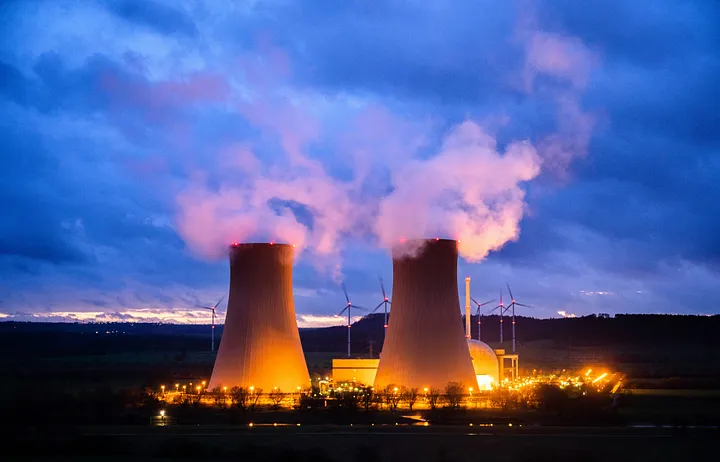Author: Kiersten Sundell

Throughout history, less developed countries worldwide have grappled with the challenge of securing reliable energy access for their citizens.
Energy expansion programs often utilize oil, natural gas, and coal, because they’re cheap to build, relatively reliable, and use easily-sourced materials. While there’s nothing wrong with building out fossil fuels in impoverished countries to curb energy poverty, a few less-developed countries have recently committed to utilize nuclear as part of their energy expansion strategy. Ghana, Mongolia, Morocco, and Jamaica all signed onto the COP28 pledge to triple global nuclear capacity, and are the only countries that have never had a nuclear program to have done so.
It makes sense — nuclear is low-carbon, meaning that it won’t contribute to air pollution that these countries may already suffer from, it’s more than twice as reliable as natural gas and coal, and it takes up less land than any other energy source. But wait. Is it even possible for a less developed country to afford a brand-new nuclear program? They’re usually not cheap.
It is, and it’s been done many, many times. Even recently. That’s where “facilitator countries” like the U.S., Korea, Russia, and China come in.
From a strategic standpoint, helping to establish nuclear power programs is a way for these leading nations to extend their global influence, foster strategic partnerships, and showcase the country’s technological capabilities. In short, it makes the facilitator country look great, since they are committing to green energy and helping lift vulnerable people out of poverty, but it also gives them an instant ally and a bit of power.
Now this might be starting to sound cynical, but if it’s in the name of reducing global emissions while aiding populations that are most susceptible to climate change, we’re definitely here for it. And in recipient countries, the impact of a first-of-a-kind nuclear program can be transformative.
First, the construction and operation of a nuclear plant creates a multitude of high-paying, safe, and highly skilled jobs that last for generations. For some pilot nuclear programs, like in the recent partnership between Korea and the United Arab Emirates, a significant focus was placed on local education to build expertise in nuclear energy. Because of the new Barakah power plant, a scholarship program went into effect that allowed Emirati students of diverse financial backgrounds to study nuclear engineering at top universities worldwide. They also trained a highly skilled workforce to operate the plant, offering around 25,000 new jobs in clean energy.
But nuclear’s impact in these countries extends far beyond jobs. Reliable energy is absolutely critical in modern healthcare, education, nutrition, and communication systems, and many less-developed countries don’t have enough to go around. A recent UN report found that in the 46 least developed countries of the world, 55% of people lack basic access to electricity. Nuclear power will be critical in reducing this disparity. Advanced nuclear technologies like small modular reactors and microreactors can also change the game for those living in isolated areas, since these populations tend to be the most vulnerable to energy poverty and climate change.
The point is, nuclear in less developed countries isn’t a pipe dream — it’s been done before, it’s being done now, and the life-changing impact that energy access brings will only accelerate as we triple our buildout rate by 2050.
To view the full Nuclear Newbs video, visit our TikTok page!

